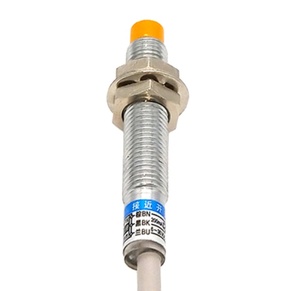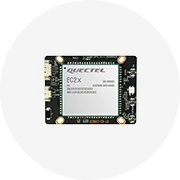Understanding Inductive Proximity Switch Sensors
Inductive proximity switch sensors are non-contact devices that detect the presence of metallic objects without any physical contact. They offer a reliable means of ensuring operational efficiency in various industrial applications. Unlike traditional mechanical switches, these sensors use electromagnetic fields to sense nearby metallic objects, leading to increased durability and reduced wear over time. Their ability to operate without touching the object enhances safety and extends their lifespan.
Types of Inductive Proximity Switch Sensors
- Cylindrical Sensors: Available in different sizes, these sensors are often used for general-purpose applications.
- Rectangular Sensors: Ideal for applications requiring a flat installation, offering a wider sensing range.
- Embedding Sensors: Designed to be embedded within machinery or equipment to save space and enhance aesthetics.
- Adjustable Sensors: These sensors allow for configurable sensing distances, making them versatile for various applications.
Applications of Inductive Proximity Switch Sensors
- Automotive Industry: Used for detecting the position of components in assembling lines, enhancing automation efficiency.
- Packaging Machinery: Provides reliable presence detection for various packaging applications where metal is frequently handled.
- Conveyor Systems: Sensors help in monitoring the presence or absence of products on conveyor belts, reducing downtime.
- Robotics: Employed to improve safety measures by detecting nearby objects and preventing collisions.
Features and Advantages of Inductive Proximity Switch Sensors
- Non-Contact Operation: They eliminate wear and tear, leading to a longer service life compared to mechanical sensors.
- High Sensitivity: Capable of detecting a wide range of metallic materials, ensuring precise operation.
- Excellent Environmental Resistance: Many sensors are designed to withstand harsh environments, including moisture and dust.
- Quick Response Times: Fast switching times enable real-time monitoring in automated systems.
- Easy Integration: Inductive proximity sensors can be easily incorporated into existing systems, making them suitable for upgrades.




















































































































































































































































 浙公网安备 33010002000092号
浙公网安备 33010002000092号 浙B2-20120091-4
浙B2-20120091-4